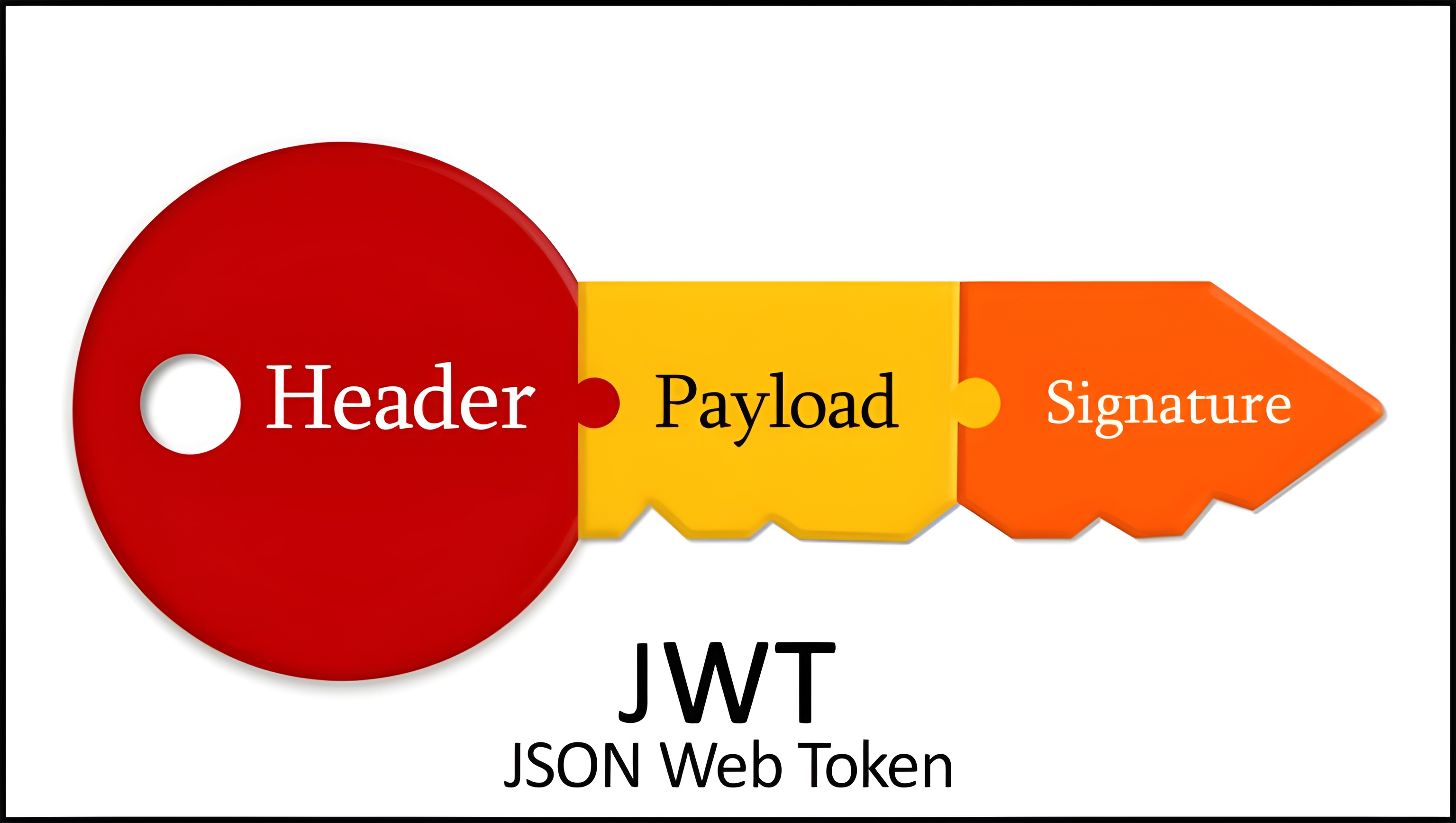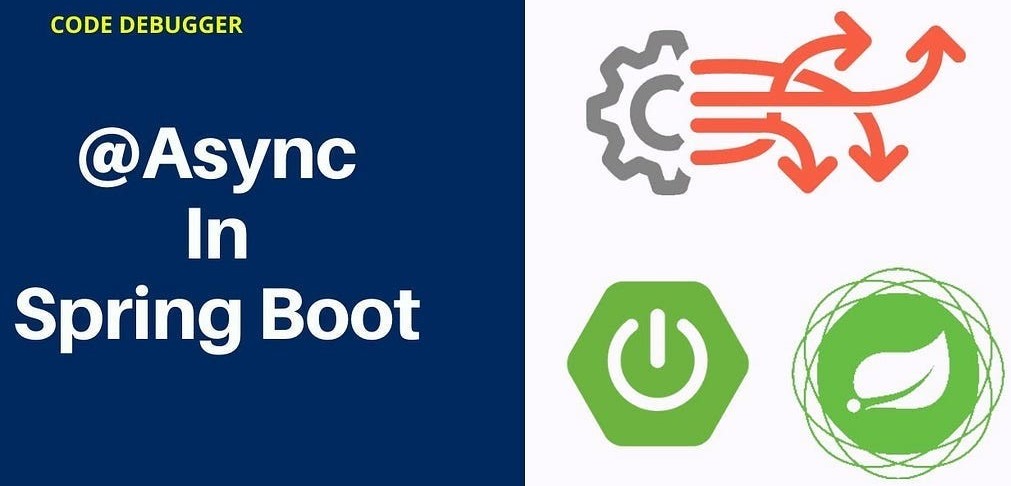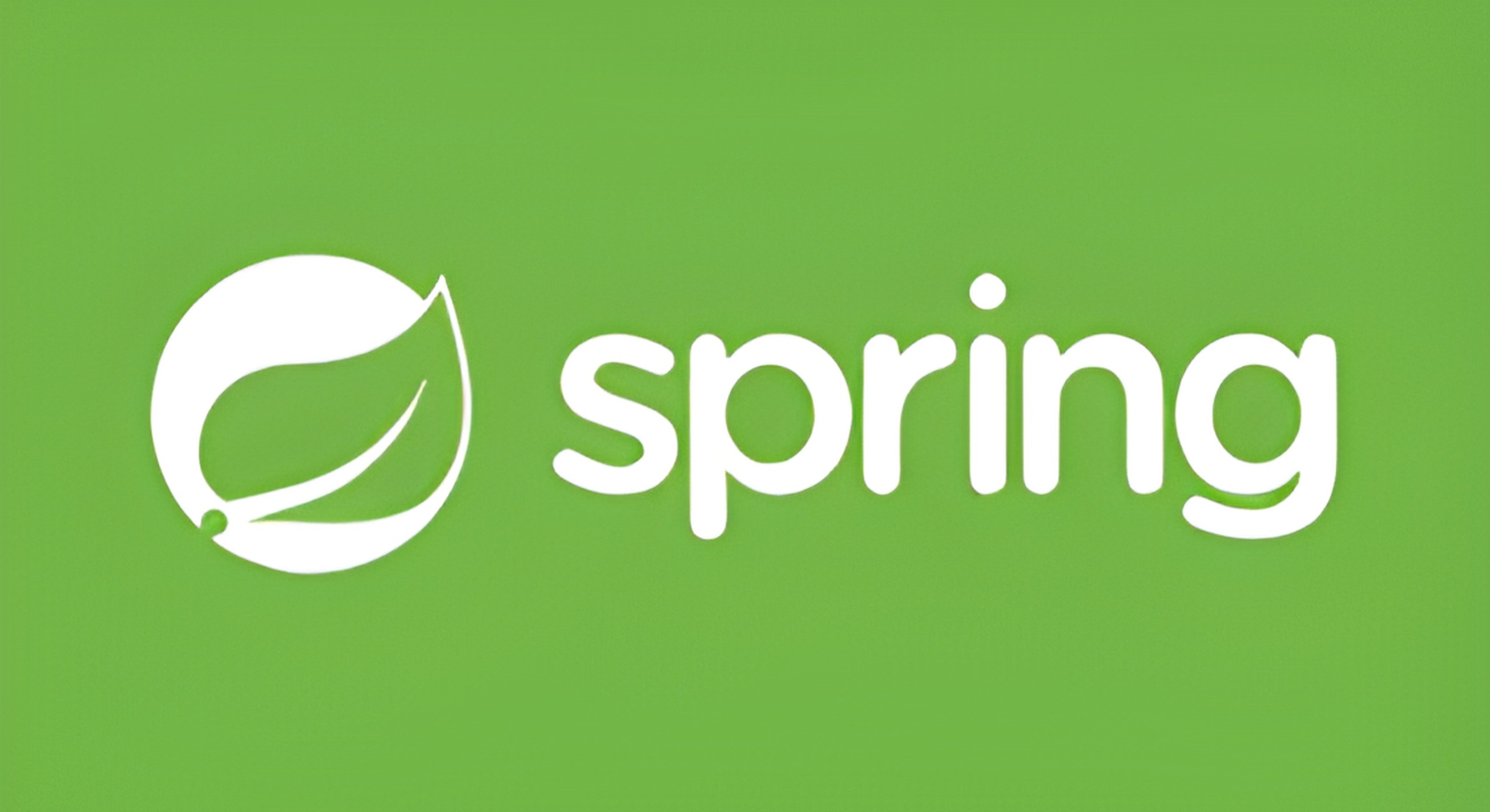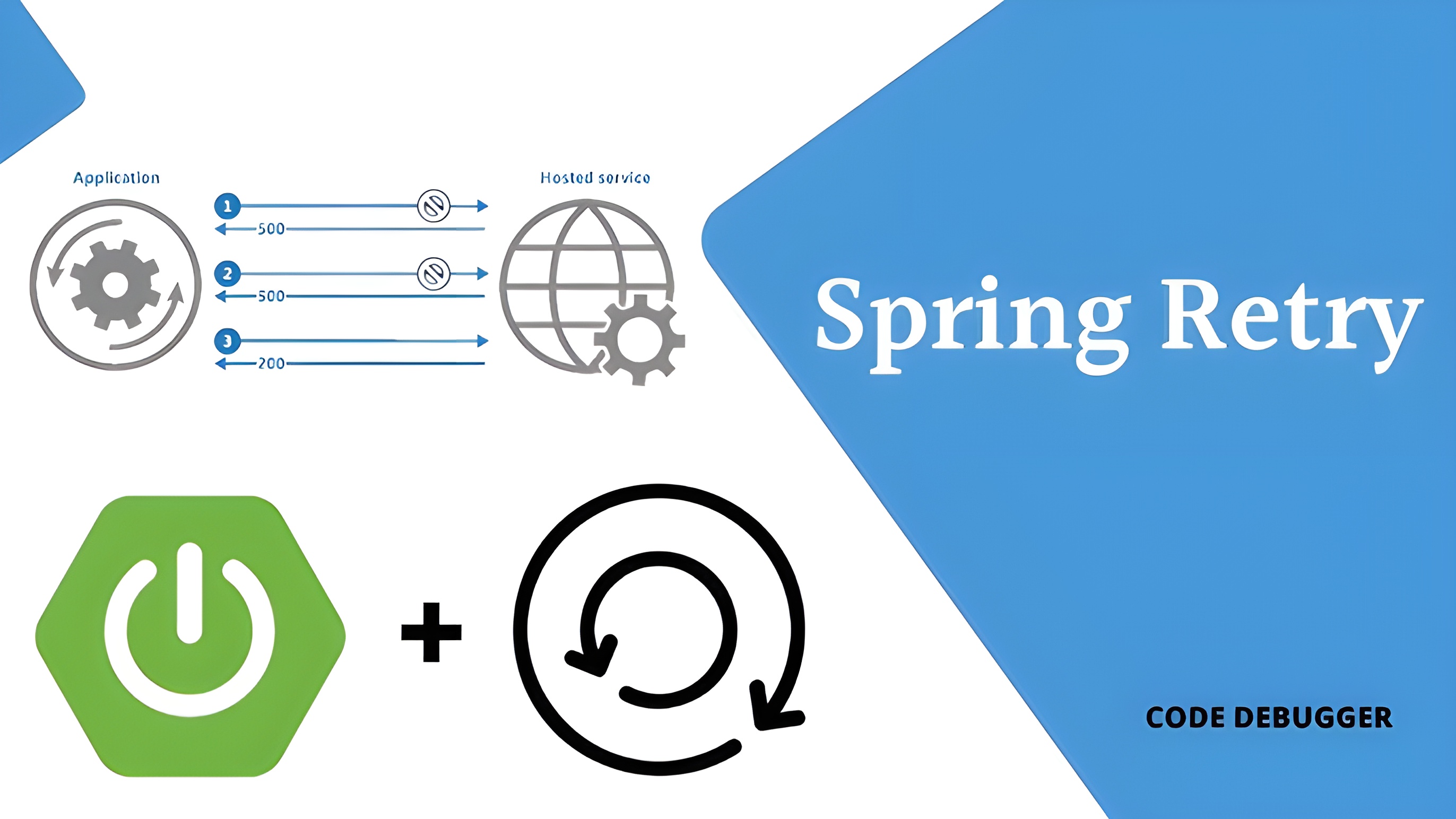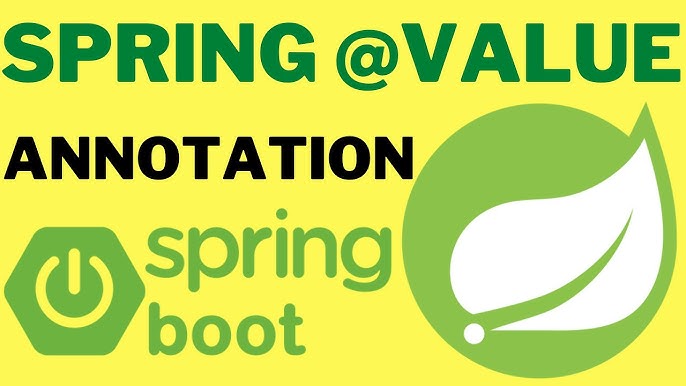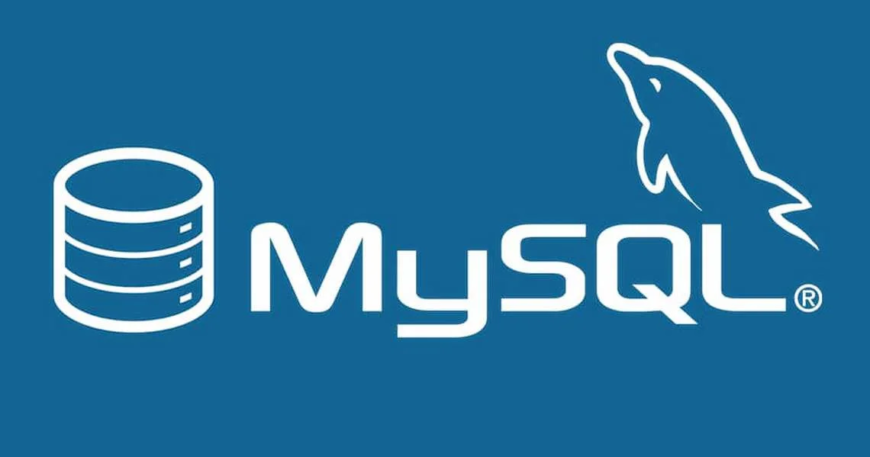SpringBoot(3-Validator属性校验)
|总字数:3.7k|阅读时长:15分钟|浏览量:|
依赖
Java API 规范(JSR303)定义了 Bean 校验的标准 validation-api,但没有提供实现。hibernate validation 是对这个规范的实现,并增加了校验注解如 @Email、@Length 等。Spring Validation 是对 hibernate validation 的二次封装,用于支持 spring mvc 参数自动校验
如果 spring-boot 版本小于 2.3.x,spring-boot-starter-web 会自动传入 hibernate-validator 依赖。如果 spring-boot 版本大于 2.3.x,则需要手动引入依赖:
1
2
3
4
5
6
7
8
9
| <dependency>
<groupId>org.springframework.boot</groupId>
<artifactId>spring-boot-starter-validation</artifactId>
</dependency>
|
常用注解
| 注解 |
返回值 |
功能 |
| @AssertFalse |
Boolean, boolean |
验证注解的元素值是 false |
| @AssertTrue |
Boolean, boolean |
验证注解的元素值是 true |
| @NotNull |
任意类型 |
验证注解的元素值不是 null |
| @Null |
任意类型 |
验证注解的元素值是 null |
| @Min(value = 值) |
BigDecimal,BigInteger, byte, short, int, long,等任何 Number 或 CharSequence(存储的是数字)子类型 |
验证注解的元素值大于等于@Min 指定的 value 值 |
| @Max(value = 值) |
和@Min 要求一样 |
验证注解的元素值小于等于@Max 指定的 value 值 |
| @DecimalMin(value = 值) |
和@Min 要求一样 |
验证注解的元素值大于等于@ DecimalMin 指定的 value 值 |
| @DecimalMax(value = 值) |
和@Min 要求一样 |
验证注解的元素值小于等于@ DecimalMax 指定的 value 值 |
| @Digits(integer = 整数位数, fraction = 小数位数) |
和@Min 要求一样 |
验证注解的元素值的整数位数和小数位数上限 |
| @Size(min = 下限, max = 上限) |
字符串、Collection、Map、数组等 |
验证注解的元素值的在 min 和 max(包含)指定区间之内,如字符长度、集合大小 |
| @Past |
java.util.Date, java.util.Calendar; Joda Time 类库的日期类型 |
验证注解的元素值(日期类型)比当前时间早 |
| @Future |
与@Past 要求一样 |
验证注解的元素值(日期类型)比当前时间晚 |
| @NotBlank |
CharSequence 子类型 |
验证注解的元素值不为空(不为 null、去除首位空格后长度为 0),不同于@NotEmpty,@NotBlank 只应用于字符串且在比较时会去除字符串的首位空格 |
| @Length(min = 下限, max = 上限) |
CharSequence 子类型 |
验证注解的元素值长度在 min 和 max 区间内 |
| @NotEmpty |
CharSequence 子类型、Collection、Map、数组 |
验证注解的元素值不为 null 且不为空(字符串长度不为 0、集合大小不为 0) |
| @Range(min = 最小值, max = 最大值) |
BigDecimal, BigInteger, CharSequence, byte, short, int, long 等原子类型和包装类型 |
验证注解的元素值在最小值和最大值之间 |
| @Email(regexp = 正则表达式, flag = 标志的模式) |
CharSequence 子类型(如 String) |
验证注解的元素值是 Email,也可以通过 regexp 和 flag 指定自定义的 email 格式 |
| @Pattern(regexp = 正则表达式, flag = 标志的模式) |
String,任何 CharSequence 的子类型 |
验证注解的元素值与指定的正则表达式匹配 |
| @Valid |
任何非原子类型 |
指定递归验证关联的对象;如用户对象中有个地址对象属性,如果想在验证用户对象时一起验证地址对象的话,在地址对象上加@Valid 注解即可级联验证 |
使用案例
基本使用
- 在请求参数上声明校验注解
1
2
3
4
5
6
7
8
9
10
11
12
13
14
15
16
17
18
19
20
21
22
23
24
25
26
27
28
29
30
31
| @Getter
@Setter
public class UserValid implements Serializable {
@NotNull(message = "id不能为空")
private Long id;
@NotNull(message = "date不能为空")
@DateTimeFormat(pattern = "yyyy-MM-dd")
@Future(message = "只能是将来的日期")
private Date date;
@NotNull
@DecimalMax(value = "10000.0")
@DecimalMin(value = "1.0")
private Double doubleValue = null;
@NotNull
@Max(value = 100, message = "最大值")
@Min(value = 1, message = "最小值")
private Integer integer;
@Range(min = 1,max = 100,message = "范围")
private Long range;
@Email(message = "邮箱格式错误")
private String email;
@Size(min = 2,max = 10,message = "字符串长度在2-10")
private String size;
}
|
1
2
3
4
5
| @PostMapping("/save")
public Result saveUser(@RequestBody @Validated UserValid userValid) {
return Result.ok();
}
|
- RequestParam/PathVariable 参数校验
GET 请求一般会使用 RequestParam/PathVariable 传参。如果参数比较多(比如超过 6 个),还是推荐使用 DTO 对象接收。否则,推荐将一个个参数平铺到方法入参中。在这种情况下,必须在 Controller 类上标注 @Validated 注解,并在入参上声明约束注解(如 @Min 等)。如果校验失败,会抛出 ConstraintViolationException 异常
1
2
3
4
5
6
7
8
9
10
11
12
13
14
15
16
17
18
19
20
21
22
23
24
25
26
27
28
| @RequestMapping("/api/user")
@RestController
@Validated
public class UserController {
@GetMapping("{userId}")
public Result detail(@PathVariable("userId") @Min(10000000000000000L) Long userId) {
UserDTO userDTO = new UserDTO();
userDTO.setUserId(userId);
userDTO.setAccount("11111111111111111");
userDTO.setUserName("xixi");
userDTO.setAccount("11111111111111111");
return Result.ok(userDTO);
}
@GetMapping("getByAccount")
public Result getByAccount(@Length(min = 6, max = 20) @NotNull String account) {
UserDTO userDTO = new UserDTO();
userDTO.setUserId(10000000000000003L);
userDTO.setAccount(account);
userDTO.setUserName("xixi");
userDTO.setAccount("11111111111111111");
return Result.ok(userDTO);
}
}
|
多级嵌套
当实体类中字段中包含其他对象时,且该对象是需要校验时,需要在实体类字段中加上@Valid
1
2
3
4
5
6
7
8
9
10
11
| @Data
public class Project {
@NotBlank(message = "Project title must be present")
@Size(min = 3, max = 20, message = "Project title size not valid")
private String title;
@Valid
private User owner;
}
|
1
2
3
4
5
6
7
8
9
10
11
12
13
| @Data
public class User {
@NotBlank(message = "User name must be present")
@Size(min = 3, max = 50, message = "User name size not valid")
private String name;
@NotBlank(message = "User email must be present")
@Email(message = "User email format is incorrect")
private String email;
}
|
分组校验
在很多时候,同一个模型可能会在多处被用到,但每处的校验场景又不一定相同(如:新增用户接口、修改用户接口,参数都是 User 模型,在新增时 User 中 name 字段不能为空,userNo 字段可以为空;在修改时 User 中 name 字段可以为空,userNo 字段不能为空)。
我们可以用 groups 来实现:同一个模型在不同场景下,动态区分校验模型中的不同字段。
1
2
3
4
5
| public interface Add{
}
public interface Edit{
}
|
1
2
3
4
5
6
7
8
9
|
public AjaxResult addSave(@Validated(Add.class) @RequestBody Xxxx xxxx){
return success(xxxx);
}
public AjaxResult editSave(@Validated(Edit.class) @RequestBody Xxxx xxxx){
return success(xxxx);
}
|
1
2
3
4
5
6
7
|
@NotNull(message = "不能为空", groups = {Add.class})
private String xxxx;
@NotBlank(message = "不能为空", groups = {Add.class, Edit.class})
private String xxxx;
|
自定义注解校验
1
2
3
4
5
6
7
8
9
10
11
12
13
14
15
16
17
18
19
20
21
22
23
24
25
|
@Target({FIELD, PARAMETER})
@Retention(RUNTIME)
@Documented
@Constraint(validatedBy ={JustryDengValidator.class})
public @interface ConstraintsJustryDeng {
String message() default "JustryDeng : param value must contais specified value!";
String contains() default "";
Class<?>[] groups() default { };
Class<? extends Payload>[] payload() default { };
}
|
1
2
3
4
5
6
7
8
9
10
11
12
13
14
15
16
17
18
19
20
21
22
23
24
25
26
27
28
29
30
31
32
33
34
35
36
37
38
39
40
41
42
43
44
45
46
47
48
49
50
51
52
53
54
55
|
public class JustryDengValidator implements ConstraintValidator<ConstraintsJustryDeng, String> {
private String contains;
@Override
public void initialize(ConstraintsJustryDeng constraintAnnotation) {
System.out.println(constraintAnnotation.message());
this.contains = constraintAnnotation.contains();
}
@Override
public boolean isValid(Object value, ConstraintValidatorContext context) {
if (value == null) {
return false;
}
if (value instanceof String) {
String strMessage = (String) value;
return strMessage.contains(contains);
} else if (value instanceof Integer) {
return contains.contains(String.valueOf(value));
}
return false;
}
}
|
编程式校验
1
2
3
4
5
6
7
8
9
10
11
12
13
14
15
16
17
18
| @Autowired
private javax.validation.Validator globalValidator;
@PostMapping("/saveWithCodingValidate")
public Result saveWithCodingValidate(@RequestBody UserDTO userDTO) {
Set<ConstraintViolation<UserDTO>> validate = globalValidator.validate(userDTO, UserDTO.Save.class);
if (validate.isEmpty()) {
} else {
for (ConstraintViolation<UserDTO> userDTOConstraintViolation : validate) {
System.out.println(userDTOConstraintViolation);
}
}
return Result.ok();
}
|
快速失败
Spring Validation 默认会校验完所有字段,然后才抛出异常。可以通过一些简单的配置,开启 Fali Fast 模式,一旦校验失败就立即返回。
1
2
3
4
5
6
7
8
9
| @Bean
public Validator validator() {
ValidatorFactory validatorFactory = Validation.byProvider(HibernateValidator.class)
.configure()
.failFast(true)
.buildValidatorFactory();
return validatorFactory.getValidator();
}
|
异常信息
异常分类
注解校验不通过时,可能抛出的异常:
- MethodArgumentNotValidException
- ConstraintViolationException
- BindException
异常捕获
MVC 全局捕获
1
2
3
4
5
6
7
8
9
10
11
12
13
14
15
16
17
18
19
20
21
22
23
24
25
26
27
28
29
30
31
32
33
34
35
| @ControllerAdvice
@ResponseBody
public class GlobleExceptionHandler {
@ExceptionHandler(value = {BindException.class, ValidationException.class, MethodArgumentNotValidException.class})
public ResponseEntity<Result<?>> handleValidatedException(Exception e) {
Result<?> resp = null;
if (e instanceof MethodArgumentNotValidException) {
MethodArgumentNotValidException ex = (MethodArgumentNotValidException) e;
resp = Result.error(500, ex.getBindingResult().getAllErrors().stream()
.map(ObjectError::getDefaultMessage)
.collect(Collectors.joining("; "))
);
} else if (e instanceof ConstraintViolationException) {
ConstraintViolationException ex = (ConstraintViolationException) e;
resp = Result.error(500,ex.getConstraintViolations().stream()
.map(ConstraintViolation::getMessage)
.collect(Collectors.joining("; "))
);
} else if (e instanceof BindException) {
BindException ex = (BindException) e;
resp = Result.error(500,ex.getAllErrors().stream()
.map(ObjectError::getDefaultMessage)
.collect(Collectors.joining("; "))
);
}
return new ResponseEntity<>(resp,HttpStatus.INTERNAL_SERVER_ERROR);
}
}
|
接口捕获异常
1
2
3
4
5
6
7
8
9
10
11
12
13
14
15
16
17
18
19
20
21
22
23
24
25
26
| @RestController
public class IndexController {
@Autowired
private MessageSource messageSource;
@RequestMapping("/validator")
public String validator(@Validated User user, BindingResult result){
if (result.hasErrors()){
StringBuffer msg=new StringBuffer();
List<FieldError> fieldErrors = result.getFieldErrors();
Locale currentLocale = LocaleContextHolder.getLocale();
for (FieldError fieldError : fieldErrors) {
String errorMessage = messageSource.getMessage(fieldError, currentLocale);
msg.append(fieldError.getField()+":"+errorMessage+",");
}
return msg.toString();
}
return "验证通过";
}
}
|
@Validated 与@Valid 区别
| 区别 |
@Valid |
@Validated |
| 提供者 |
JSR-303 规范 |
Spring |
| 是否支持分组 |
不支持 |
支持 |
| 标注位置 |
METHOD, FIELD, CONSTRUCTOR, PARAMETER, TYPE_USE |
TYPE, METHOD, PARAMETER |
| 嵌套校验 |
支持 |
不支持 |
实现原理
校验触发的时机,其实是从两个点触发,一个跟 SpringMVC 的请求处理过程息息相关,一个是跟 MethodValidationPostProcessor 相关
RequestBody 参数
在 Spring MVC 中,RequestResponseBodyMethodProcessor 是用于解析 @RequestBody 标注的参数以及处理 @ResponseBody 标注方法的返回值的。显然,执行参数校验的逻辑肯定就在解析参数的方法 resolveArgument() 中:
1
2
3
4
5
6
7
8
9
10
11
12
13
14
15
16
17
18
19
20
21
22
23
24
25
26
| public class RequestResponseBodyMethodProcessor extends AbstractMessageConverterMethodProcessor {
@Override
public Object resolveArgument(MethodParameter parameter, @Nullable ModelAndViewContainer mavContainer,
NativeWebRequest webRequest, @Nullable WebDataBinderFactory binderFactory) throws Exception {
parameter = parameter.nestedIfOptional();
Object arg = readWithMessageConverters(webRequest, parameter, parameter.getNestedGenericParameterType());
String name = Conventions.getVariableNameForParameter(parameter);
if (binderFactory != null) {
WebDataBinder binder = binderFactory.createBinder(webRequest, arg, name);
if (arg != null) {
validateIfApplicable(binder, parameter);
if (binder.getBindingResult().hasErrors() && isBindExceptionRequired(binder, parameter)) {
throw new MethodArgumentNotValidException(parameter, binder.getBindingResult());
}
}
if (mavContainer != null) {
mavContainer.addAttribute(BindingResult.MODEL_KEY_PREFIX + name, binder.getBindingResult());
}
}
return adaptArgumentIfNecessary(arg, parameter);
}
}
|
1
2
3
4
5
6
7
8
9
10
11
12
13
14
15
16
17
| protected void validateIfApplicable(WebDataBinder binder, MethodParameter parameter) {
Annotation[] annotations = parameter.getParameterAnnotations();
for (Annotation ann : annotations) {
Validated validatedAnn = AnnotationUtils.getAnnotation(ann, Validated.class);
if (validatedAnn != null || ann.annotationType().getSimpleName().startsWith("Valid")) {
Object hints = (validatedAnn != null ? validatedAnn.value() : AnnotationUtils.getValue(ann));
Object[] validationHints = (hints instanceof Object[] ? (Object[]) hints : new Object[] {hints});
binder.validate(validationHints);
break;
}
}
}
|
1
2
3
4
5
6
7
8
9
10
11
12
13
14
15
16
17
18
19
20
21
22
23
| public void validate(Object... validationHints) {
Object target = getTarget();
Assert.state(target != null, "No target to validate");
BindingResult bindingResult = getBindingResult();
for (Validator validator : getValidators()) {
if (!ObjectUtils.isEmpty(validationHints) && validator instanceof SmartValidator) {
((SmartValidator) validator).validate(target, bindingResult, validationHints);
}
else if (validator != null) {
validator.validate(target, bindingResult);
}
}
}
@Override
public void validate(Object target, Errors errors, Object... validationHints) {
if (this.targetValidator != null) {
processConstraintViolations(
this.targetValidator.validate(target, asValidationGroups(validationHints)), errors);
}
}
|
方法级别
上面提到的将参数一个个平铺到方法参数中,然后在每个参数前面声明约束注解的校验方式,就是方法级别的参数校验。实际上,这种方式可用于任何 Spring Bean 的方法上,比如 Controller/ Service 等。其底层实现原理就是 AOP,具体来说是通过 MethodValidationPostProcessor 动态注册 AOP 切面,然后使用 MethodValidationInterceptor 对切点方法织入增强。
1
2
3
4
5
6
7
8
9
10
11
12
13
14
| public class MethodValidationPostProcessor extends AbstractBeanFactoryAwareAdvisingPostProcessorimplements InitializingBean {
@Override
public void afterPropertiesSet() {
Pointcut pointcut = new AnnotationMatchingPointcut(this.validatedAnnotationType, true);
this.advisor = new DefaultPointcutAdvisor(pointcut, createMethodValidationAdvice(this.validator));
}
protected Advice createMethodValidationAdvice(@Nullable Validator validator) {
return (validator != null ? new MethodValidationInterceptor(validator) : new MethodValidationInterceptor());
}
}
|
1
2
3
4
5
6
7
8
9
10
11
12
13
14
15
16
17
18
19
20
21
22
23
24
25
26
27
28
29
30
31
32
33
34
35
36
37
38
| public class MethodValidationInterceptor implements MethodInterceptor {
@Override
public Object invoke(MethodInvocation invocation) throws Throwable {
if (isFactoryBeanMetadataMethod(invocation.getMethod())) {
return invocation.proceed();
}
Class<?>[] groups = determineValidationGroups(invocation);
ExecutableValidator execVal = this.validator.forExecutables();
Method methodToValidate = invocation.getMethod();
Set<ConstraintViolation<Object>> result;
try {
result = execVal.validateParameters(
invocation.getThis(), methodToValidate, invocation.getArguments(), groups);
}
catch (IllegalArgumentException ex) {
methodToValidate = BridgeMethodResolver.findBridgedMethod(
ClassUtils.getMostSpecificMethod(invocation.getMethod(), invocation.getThis().getClass()));
result = execVal.validateParameters(
invocation.getThis(), methodToValidate, invocation.getArguments(), groups);
}
if (!result.isEmpty()) {
throw new ConstraintViolationException(result);
}
Object returnValue = invocation.proceed();
result = execVal.validateReturnValue(invocation.getThis(), methodToValidate, returnValue, groups);
if (!result.isEmpty()) {
throw new ConstraintViolationException(result);
}
return returnValue;
}
}
|
总结
实际上,不管是 RequestBody 参数校验 还是 方法级别的校验,最终都是调用 Hibernate Validator 执行校验,Spring Validation 只是做了一层封装。
